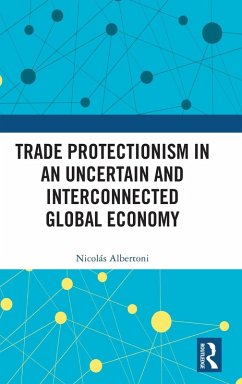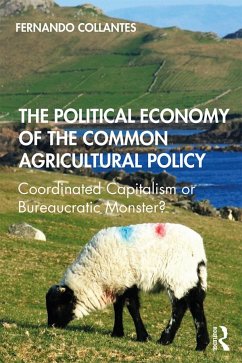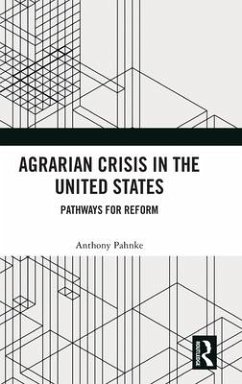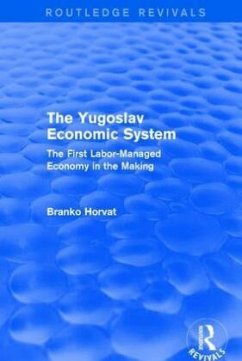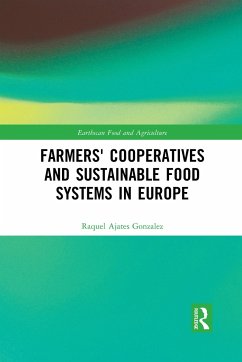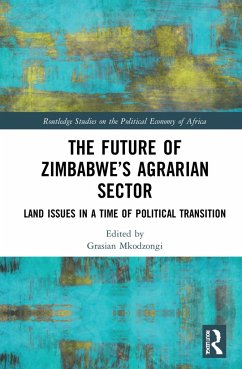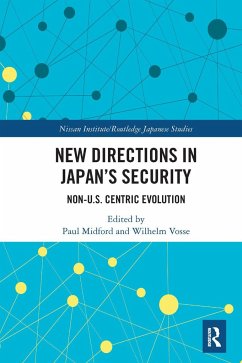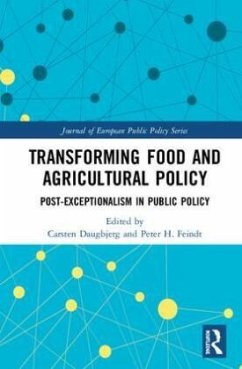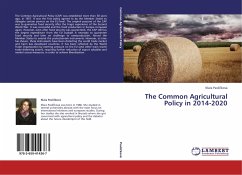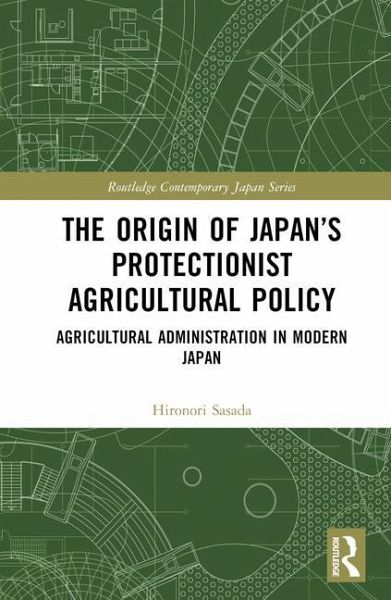
The Origin of Japan's Protectionist Agricultural Policy
Agricultural Administration in Modern Japan
Versandkostenfrei!
Versandfertig in 6-10 Tagen
154,99 €
inkl. MwSt.
Weitere Ausgaben:

PAYBACK Punkte
77 °P sammeln!
This book explores the origins of Japan's protectionist agricultural policies through an in-depth historical analysis of Japanese agricultural policies between the Meiji period and the end of WWII.It offers a constructivist account for the rise of protectionism, examining the policies of prewar agricultural bureaucrats who played critical roles in the policymaking process. It argues that protectionist agricultural policy in Japan was not originally generated by the "iron triangle" (a political alliance consisted of the Liberal Democratic Party, the Agricultural Ministry, and farmers' organizat...
This book explores the origins of Japan's protectionist agricultural policies through an in-depth historical analysis of Japanese agricultural policies between the Meiji period and the end of WWII.
It offers a constructivist account for the rise of protectionism, examining the policies of prewar agricultural bureaucrats who played critical roles in the policymaking process. It argues that protectionist agricultural policy in Japan was not originally generated by the "iron triangle" (a political alliance consisted of the Liberal Democratic Party, the Agricultural Ministry, and farmers' organizations) but by a prewar agricultural bureaucrats' policy idea called sh n ron (thoughts on small-scale farming). Ultimately the book reveals how, contrary to suggestions of previous scholarship, the protective measures based on sh n ron forged the necessary conditions for the emergence of "iron triangle" after the end of WWII, which in turn institutionalized Japan's subsequent protectionist agricultural regime.
Examining such topics as the origin of protectionist policy, the formation of actors' preferences, and the broader effects of agricultural policy ideas, this book will be a valuable reading for scholars and students of Japanese politics, agricultural policy, and political economy.
It offers a constructivist account for the rise of protectionism, examining the policies of prewar agricultural bureaucrats who played critical roles in the policymaking process. It argues that protectionist agricultural policy in Japan was not originally generated by the "iron triangle" (a political alliance consisted of the Liberal Democratic Party, the Agricultural Ministry, and farmers' organizations) but by a prewar agricultural bureaucrats' policy idea called sh n ron (thoughts on small-scale farming). Ultimately the book reveals how, contrary to suggestions of previous scholarship, the protective measures based on sh n ron forged the necessary conditions for the emergence of "iron triangle" after the end of WWII, which in turn institutionalized Japan's subsequent protectionist agricultural regime.
Examining such topics as the origin of protectionist policy, the formation of actors' preferences, and the broader effects of agricultural policy ideas, this book will be a valuable reading for scholars and students of Japanese politics, agricultural policy, and political economy.





